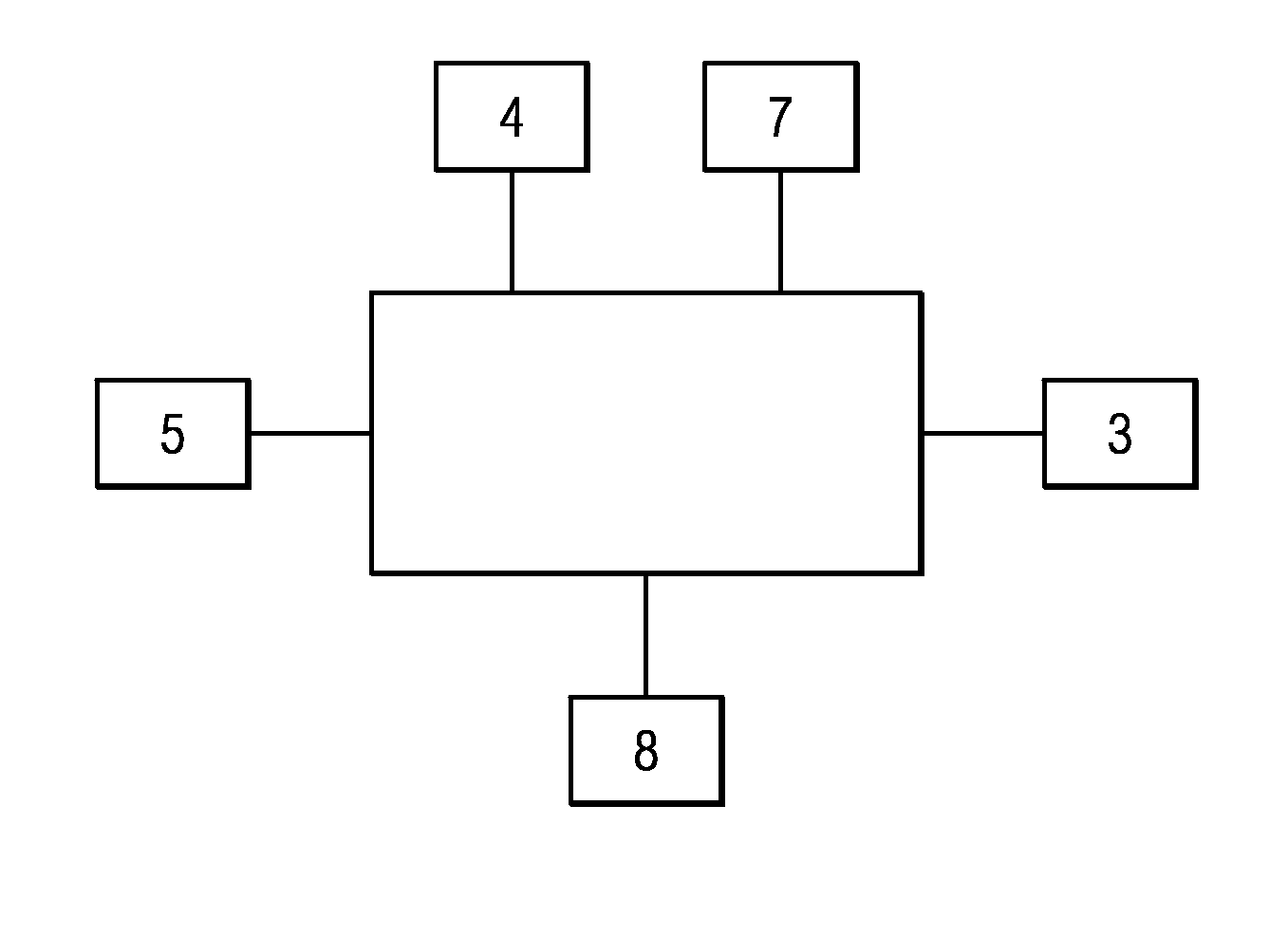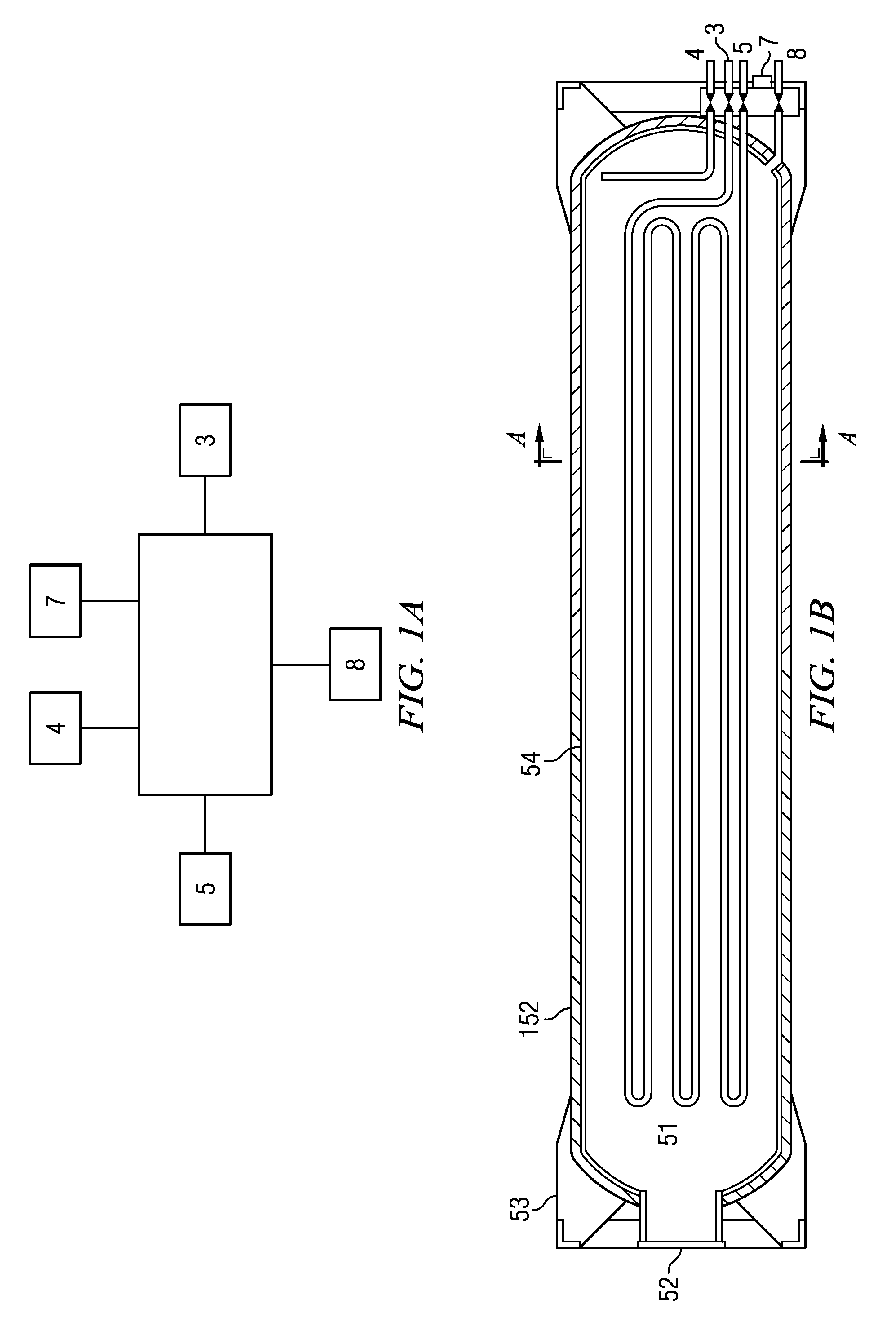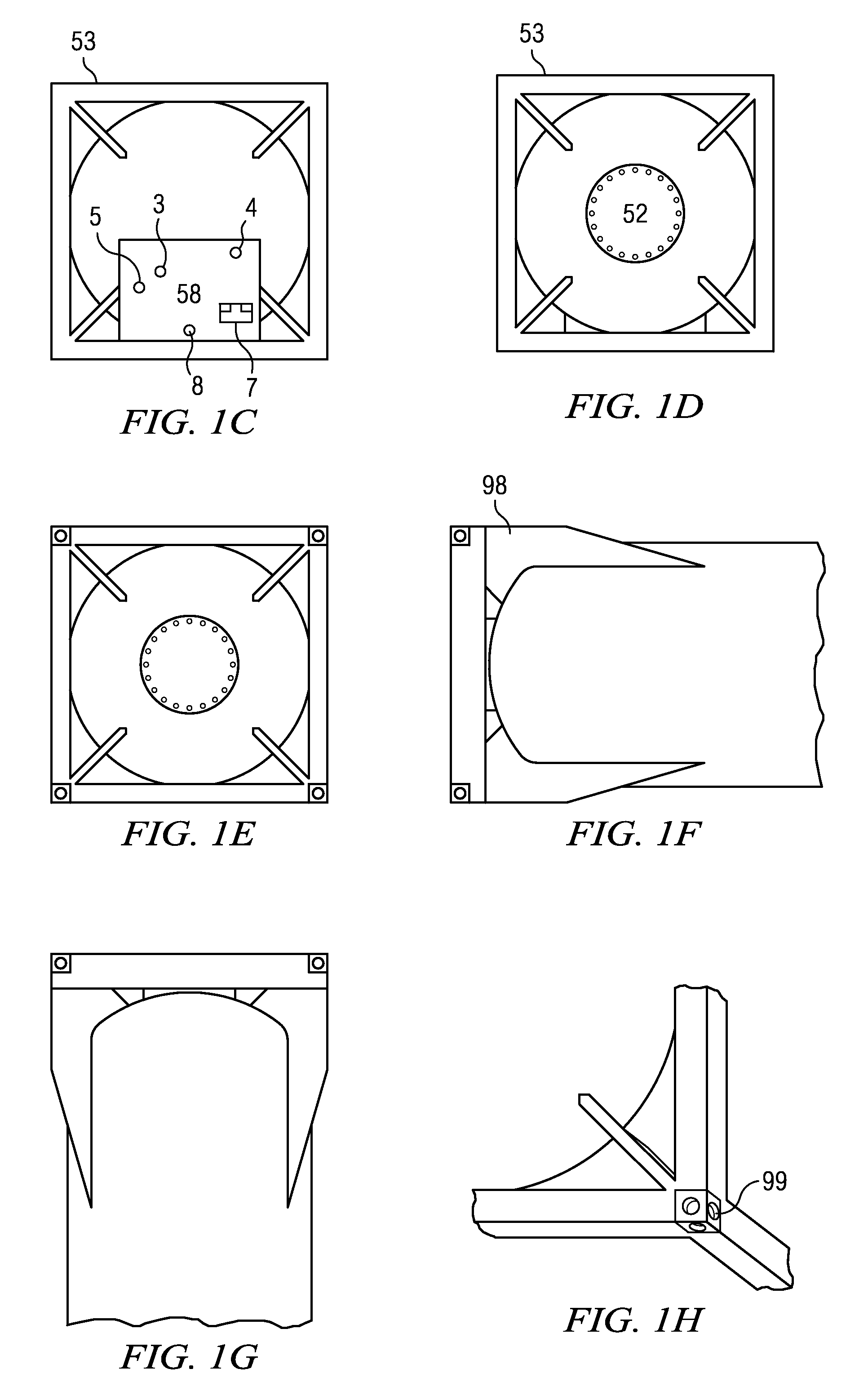Clathrate hydrate modular storage, applications and utilization processes
a technology of clathrate hydrate and modular storage, applied in the direction of vessel geometry/arrangement/size, vessel mounting details, element comparison, etc., can solve the problems of large amount of thermal energy required for clathrate hydrate formation, prohibitively expensive system for moderate to small-scale storage or transportation operations, and inacceptably low thermal conductivity
- Summary
- Abstract
- Description
- Claims
- Application Information
AI Technical Summary
Benefits of technology
Problems solved by technology
Method used
Image
Examples
Embodiment Construction
)
Overview
[0035]Discussion of Proposed SNG Transportation Systems in Current Art
[0036]A strong advantage of SNG versus the other transport models is the so-called “metastability” of gas clathrate hydrate. SNG can remain stable and in state at much lower pressures than predicted by conventional thermodynamics. This characteristic was first described in U.S. Pat. No. 5,536,893 to Gudmundsson. Clathrate hydrate metastability theoretically may allow gas clathrate hydrate to be transported in large, refrigerated gas clathrate hydrate carriers at atmospheric pressure and approximately −10° C. The ability to transfer the clathrate hydrate at atmospheric pressure would considerably lessen the cost of the vessel compared to a high pressure or cryogenic vessel.
[0037]Motivated by the metastability characteristic of SNG, much prior art regarding SNG-type gas transportation has focused on continuous flow type production process. Continuous flow processes offer the advantage of creating large, con...
PUM
| Property | Measurement | Unit |
|---|---|---|
| temperature | aaaaa | aaaaa |
| temperature | aaaaa | aaaaa |
| diameter | aaaaa | aaaaa |
Abstract
Description
Claims
Application Information
 Login to View More
Login to View More - R&D
- Intellectual Property
- Life Sciences
- Materials
- Tech Scout
- Unparalleled Data Quality
- Higher Quality Content
- 60% Fewer Hallucinations
Browse by: Latest US Patents, China's latest patents, Technical Efficacy Thesaurus, Application Domain, Technology Topic, Popular Technical Reports.
© 2025 PatSnap. All rights reserved.Legal|Privacy policy|Modern Slavery Act Transparency Statement|Sitemap|About US| Contact US: help@patsnap.com



